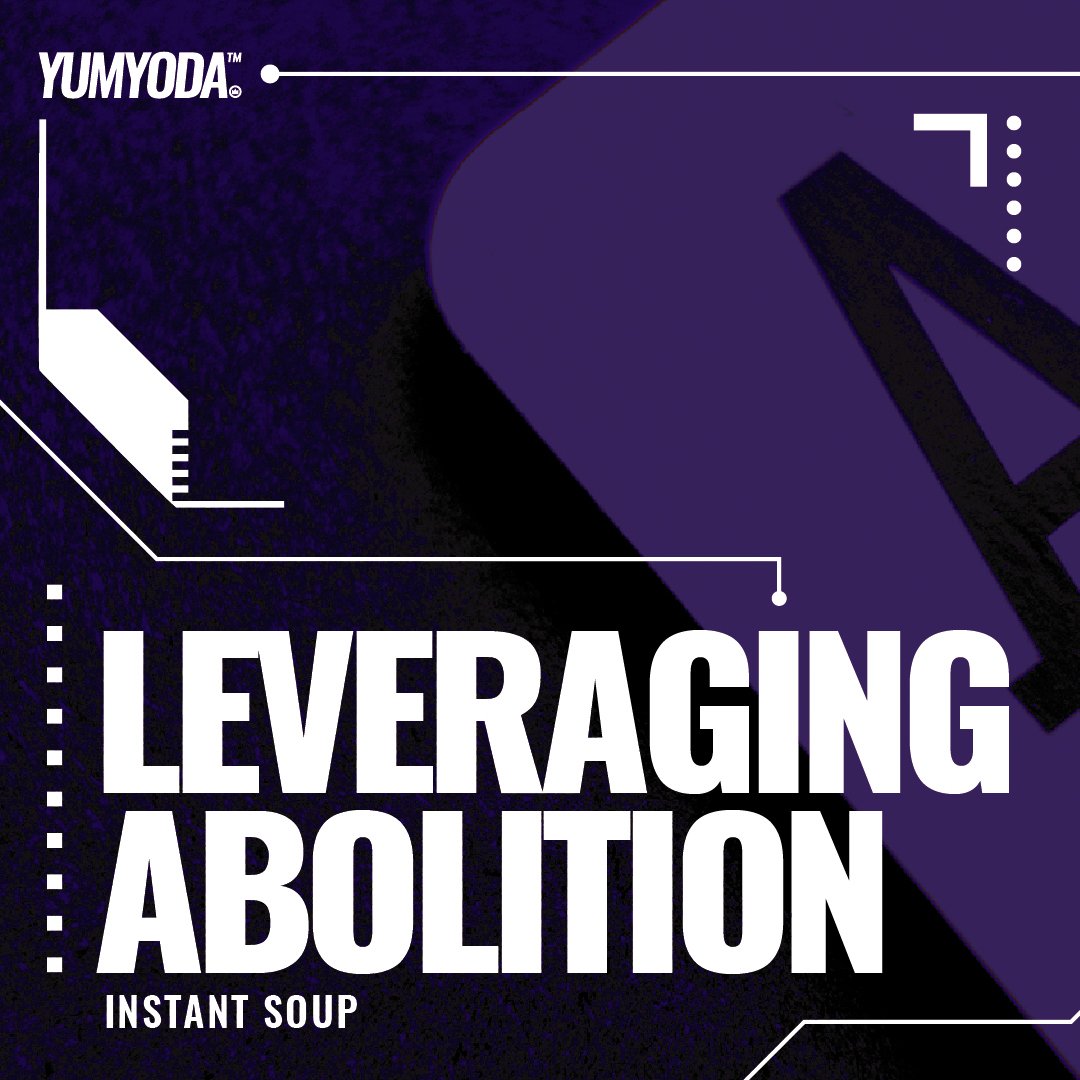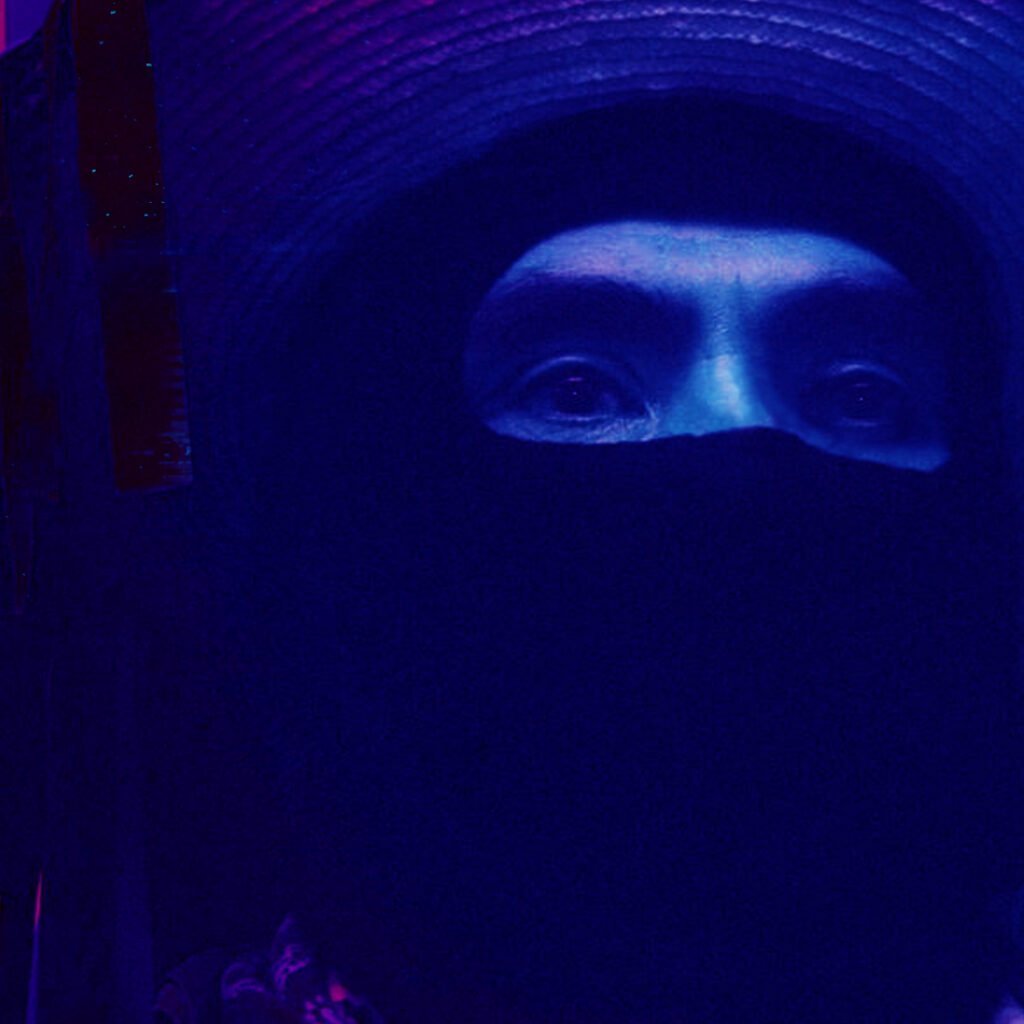A CLOSER LOOK AT RESISTING ARREST
A CLOSER LOOK AT RESISTING ARREST
In navigating the intricate realm of law enforcement encounters, the human response to perceived threats emerges as a defining factor in shaping the outcomes of these interactions. Embedded in our evolutionary biology, the triad of fight, flight, and freeze represents the neural orchestration of survival imprinted in our DNA. As we delve into the contentious issue of resisting arrest, it becomes crucial to scrutinize not only the immediate responses but also the systemic nature of law enforcement that often perpetuates conflict.
Fight: The Battle Stance
In the face of danger, the body gears up for confrontation, activating a cascade of physiological changes—a heightened alertness and an adrenaline-fueled surge—all aimed at engaging with the threat head-on.
Flight: The Art of Evasion
Contrastingly, flight primes the body for swift escape, redirecting resources to facilitate a rapid getaway from the perceived danger, manifesting as increased heart rate, rapid breathing, and redirection of blood flow.
Freeze: The Stillness Within Chaos
At the extreme end, freeze represents momentary neural paralysis—a temporary inability to physically or mentally engage—a survival strategy that may have evolved to evade detection by threats.
Lets break down what we just observed.
Fight:
- Neural Response: When faced with a perceived threat, the body’s sympathetic nervous system activates, triggering the release of stress hormones like adrenaline and cortisol.
- Physiological Changes: This response prepares the individual for a physical or mental confrontation. Increased heart rate, heightened alertness, and improved physical performance are typical characteristics.
- Purpose: The “fight” response is an evolutionary adaptation designed to increase the chances of survival by confronting and overcoming threats.
- Video: This phenomenon is evident in the way individuals position themselves during confrontations, often displaying an instinct to act promptly without thoughtful consideration. When observing this neurological behavior, a citizen is simply grappling with the intricate interplay of their brain, body, and environment. However, to the officer, this person may be perceived as a threat to the existing threat. The individual’s body might involuntarily tense and stiffen, and there could be an urge to pull away or even become combative.
Flight:
- Neural Response: Similar to the fight response, the sympathetic nervous system is activated, releasing stress hormones.
- Physiological Changes: Flight involves preparing the body to escape or avoid the perceived threat. This can manifest as increased heart rate, rapid breathing, and redirecting blood flow to the muscles for swift movement.
- Purpose: Flight is another adaptive response aimed at increasing the likelihood of survival by evading potential danger.
- Video: This phenomenon is evident in the way individuals establish distance between themselves and a perceived threat. To police officers, this act often registers as combative and resistant. Through extensive research of various videos, this reaction emerged as the most common response to the perception of a threat. When faced with unanswered questions and uncertainty, it becomes a significant challenge for individuals to collect themselves and accurately assess the situation. This aspect is particularly crucial when considering that, with our tax dollars, we expect the police to do their best in handling such situations adeptly.
Freeze:
- Neural Response: In situations of extreme stress or threat, the body might enter a “freeze” state, associated with the activation of the parasympathetic nervous system.
- Physiological Changes: A temporary inability to respond physically or mentally is a defining feature of freeze. This can include a sense of numbness, disorientation, or even a dissociative state.
- Purpose: While not as immediately apparent in its survival benefit, the freeze response may have evolved as a strategy to avoid detection by predators or threats.
- Video: At the beginning, we observed instances where individuals lost their footing. While this reaction is less common than the other two, it still seemed to be an apparent response. In police interactions, such incidents can be perceived as resistance or, in some cases, combative behavior. Law enforcement officers undergo training that conditions them to approach every interaction and situation as potentially dangerous. Consequently, whether your body tenses, you struggle to get into a vehicle, or you have difficulty placing your hands behind your back, you are still a conscious, thinking person. This can lead the police officer to a potential misjudgment of the situation.
While the fight-or-flight response is a primal aspect deeply rooted in our biology, an argument surfaces regarding law enforcement officers. Despite extensive training, there’s a tendency for officers to gravitate toward various forms of violence—whether physical, psychological, sociological, or economic. This trajectory, inherent to the nature of law enforcement, establishes a foundation for an inherent conflict with the civilian population. It’s a clash of two natures, each pushing towards opposing directions unless actively counteracted.
As we explore the complexities of resisting arrest, it becomes imperative to acknowledge the broader context—a persistent struggle between two conflicting natures. Just as the fight-or-flight response is an indelible part of our biological makeup, the potential for conflict is deeply embedded in the nature of law enforcement. They lack the choice of flight or freeze, leaving them with only the option found within the spectrum of fight. This recognition necessitates a nuanced examination of policing practices, compelling us to contemplate proactive measures that actively defy the intrinsic trajectory towards conflict.

The commonplace assertion that “You shouldn’t resist arrest” or “Why resist if you’re innocent” fades in significance against the backdrop of extensive research on human responses. Due to inherent human nature, individuals tend to exhibit resistance in the face of perceived danger, extending this inclination to view police officers, with their uniforms and weapons, as potential threats to their well-being, property, and time. The consistently observed escalation of interactions, frequently lacking de-escalation, is now acknowledged as inadequately managed engagements by law enforcement, leading to tragic outcomes.
When a civilian engages with a police officer, extensively trained to approach every situation with a potential threat mindset, the prospect of de-escalation becomes a formidable challenge. This dynamic, unfolding on a psychological level, manifests as a vicious cycle of unproductive interaction. The tension stemming from the perception of threat, coupled with training emphasizing a precautionary stance, creates a challenging environment where effective communication and resolution become increasingly elusive.
This is merely one facet of the multitude of reasons why contemporary policing stands as obsolete.











